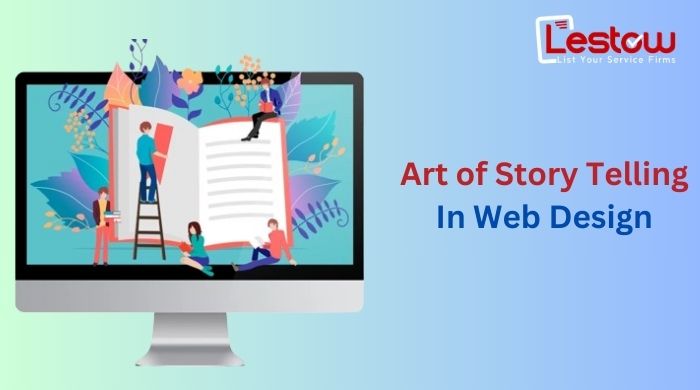In today's digital age, websites have become much more than just a collection of pages and information. They are powerful tools for businesses and organizations to connect with their target audience, establish their brand identity, and ultimately drive conversions. However, amidst the sea of competition, simply presenting information is no longer enough. To truly capture the attention of visitors and leave a lasting impression, websites must embrace the art of storytelling.
Storytelling is an ancient tradition that has been used across cultures to share knowledge, convey values, and forge emotional connections. It taps into the human psyche, allowing us to relate to characters, situations, and experiences on a deeper level. When applied to website design, storytelling can transform a mundane online experience into an engaging and memorable journey.
The Power of Narrative
At its core, effective website design revolves around creating a cohesive narrative that resonates with the target audience. A well-crafted story can captivate visitors from the moment they land on the website, guiding them through a carefully orchestrated sequence of pages and elements. Each section of the website becomes a chapter in the overarching narrative, revealing more about the brand, its products or services, and the value it offers.
By weaving a compelling story throughout the website, designers can tap into the emotional realm of the visitor's mind. They can evoke feelings of curiosity, empathy, or even nostalgia, fostering a deeper connection with the brand and its message. This emotional connection is crucial, as it can influence decision-making and drive desired actions, such as making a purchase or signing up for a service.
Visual Storytelling
In the realm of web design, storytelling is not limited to written content alone. Visual elements play a crucial role in bringing narratives to life. Carefully selected images, videos, and animations can create a vivid and immersive experience, allowing visitors to visualize the story as it unfolds.
For instance, a well-executed product page can tell the story of a customer's pain points, the brand's innovative solution, and the ultimate satisfaction and success achieved through the product's use. This narrative arc, supported by captivating visuals and interactive elements, can create a powerful emotional resonance with the target audience.
User Experience as a Storytelling Tool
Storytelling extends beyond visual and written content; it can also be woven into the very fabric of the user experience (UX) design. The way visitors navigate through the website, interact with its elements, and encounter different pieces of information can shape their perception and emotional response.
By carefully crafting the user journey, designers can create a sense of anticipation, revelation, and satisfaction, akin to the narrative structure found in great stories. For example, a strategically placed call-to-action can serve as a cliffhanger, enticing visitors to explore further and uncover the next chapter of the brand's narrative.
Personalization and Customization
In the age of data-driven marketing, storytelling can be elevated to new heights through personalization and customization. By leveraging user data and behavior patterns, websites can tailor their narratives to individual visitors, creating a highly personalized and relevant experience.
Imagine a website that adapts its story based on the visitor's location, browsing history, or stated preferences. The narrative could unfold in a way that resonates directly with the visitor's unique circumstances, fostering a deeper sense of connection and increasing the likelihood of conversion.
Storytelling in Brand Building
Beyond driving conversions, storytelling plays a vital role in brand building and fostering long-term customer loyalty. A well-crafted brand story can communicate the company's values, mission, and unique identity, creating an emotional bond with the target audience.
By integrating storytelling elements throughout the website, from the "About Us" page to the blog and social media channels, businesses can reinforce their brand narrative and establish themselves as more than just a provider of products or services. They become trusted companions on the customer's journey, offering guidance, inspiration, and a shared sense of purpose.
Conclusion
In the ever-evolving landscape of web design, storytelling has emerged as a powerful tool for captivating audiences, building emotional connections, and driving conversions. By crafting narratives that resonate with visitors on a deep level, businesses can transform their websites from mere information repositories into immersive experiences that leave a lasting impact.
Whether through written content, visual elements, user experience design, or personalization, the art of storytelling offers a compelling way to engage visitors, communicate brand values, and ultimately foster long-term customer loyalty. As the digital world continues to evolve, those who master the craft of storytelling in web design will undoubtedly have a competitive edge, capable of capturing the hearts and minds of their target audience in a truly meaningful way.

